If you’ve been exploring ways to improve your website's visibility, you’ve likely encountered the vast world of on-page SEO. From keywords to images to internal links, every aspect of your webpage plays a role in its SEO effectiveness. But out of all the on-page elements, which one truly carries the most weight for SEO? In this post, we’ll break down the importance of the title tag and why it’s widely regarded as the most powerful on-page SEO element.
Why On-Page SEO Elements Matter
On-page SEO involves optimizing the content and structure of individual pages on your website to improve rankings and attract more organic traffic. It’s about ensuring that each webpage provides value to users while signaling to search engines what the page is about. Elements like title tags, header tags, content, internal links, and images all contribute to how search engines evaluate and rank your site. However, some of these elements hold more SEO weight than others.
Title Tag: The Most Powerful On-Page SEO Element
The title tag is widely considered the most influential on-page element for SEO. As the first line of text that search engines and users see in search results, it’s the foundation of your on-page SEO strategy. Here’s why the title tag stands out as the most critical on-page element:
1. Key Ranking Factor
Search engines, especially Google, prioritize title tags when indexing and ranking content. A well-optimized title tag gives search engines a clear understanding of the page's topic, helping it appear in relevant search results. Since it’s prominently displayed in search results, the title tag has a direct impact on your page’s rankings and visibility.
2. Signals Page Relevance
The title tag signals relevance by incorporating the primary keywords of the page. For example, if you’re targeting the keyword "best coffee makers," a title tag that includes this keyword ("Top 10 Best Coffee Makers in 2024") tells Google that your page is highly relevant to users searching for that term. By including targeted keywords in your title tag, you increase the likelihood of ranking well for those search terms.
3. Influences Click-Through Rate (CTR)
The title tag is often the first thing users see when they view your page in search results. A well-crafted, engaging title tag can attract more clicks, improving the CTR for your page. CTR is a key metric that indirectly impacts SEO, as higher click-through rates indicate to search engines that users find your page valuable, which can positively influence your rankings.
4. Sets User Expectations
An optimized title tag provides a clear, concise preview of what users can expect from the page, helping ensure that visitors land on the page with the right expectations. A misleading title tag can lead to higher bounce rates, negatively impacting user experience and SEO.
5. Best Practices for Title Tags
To maximize the effectiveness of your title tags, consider these best practices:
- Use Primary Keywords: Place your primary keyword near the beginning of the title tag.
- Keep It Concise: Aim for around 60 characters to avoid truncation in search results.
- Make It Engaging: Write compelling titles that encourage clicks.
- Avoid Keyword Stuffing: Use keywords naturally; overuse can hurt your SEO.
Supporting On-Page SEO Elements
While the title tag is crucial, other on-page elements also play significant roles in SEO. Here are some other elements to optimize alongside your title tag to create a comprehensive on-page SEO strategy:
1. Header Tags (H1, H2, H3)
Header tags structure your content, making it easier for users and search engines to read. The H1 tag should include the primary keyword and introduce the main topic of the page. Subsequent headers (H2, H3, etc.) break down the content, making it more scannable and enhancing the user experience.
2. Meta Description
Although not a direct ranking factor, the meta description influences CTR, which indirectly impacts SEO. A compelling meta description summarizes the page’s content and encourages users to click on your page in search results.
3. Body Content and Keyword Placement
High-quality, keyword-optimized content is essential for SEO. Your content should address the user's search intent, providing informative, engaging, and valuable content. Natural keyword placement helps search engines understand the topic and increases the relevance of your page for target keywords.
4. Internal Links
Internal links help search engines understand the structure of your site and establish a hierarchy. By linking to related content on your site, you enhance user experience and guide search engines through your pages, which can improve your overall SEO.
5. Image Alt Text
Image alt text provides context for search engines about the content of an image, which is important for accessibility and can contribute to your SEO. Alt text should describe the image in a way that’s relevant to the page’s content and include keywords when appropriate.
How to Maximize the Impact of Your Title Tag
Now that we’ve established the importance of the title tag, let’s go over a few tips for optimizing it effectively:
- Conduct Keyword Research: Identify relevant keywords that align with user intent.
- Prioritize User Experience: Create titles that appeal to users first, then incorporate keywords.
- Stay Updated on Trends: As search algorithms evolve, so should your title tag strategy. Regularly monitor changes in best practices and update your titles as needed.
Conclusion
When it comes to on-page SEO, the title tag undeniably holds the most weight in terms of ranking power. It serves as the first impression of your page, signals relevance to search engines, and influences click-through rates, all of which are crucial for SEO success. However, effective on-page SEO doesn’t stop at the title tag. By optimizing supporting elements like header tags, meta descriptions, content, and internal links, you can create a holistic SEO strategy that enhances visibility and attracts organic traffic.
At Attractive Web Solutions, we understand the importance of a well-rounded SEO strategy. Our team specializes in crafting SEO-optimized websites designed to perform well in search engines and captivate your audience. Contact us today to learn how we can help you elevate your brand’s online presence with cutting-edge SEO practices.

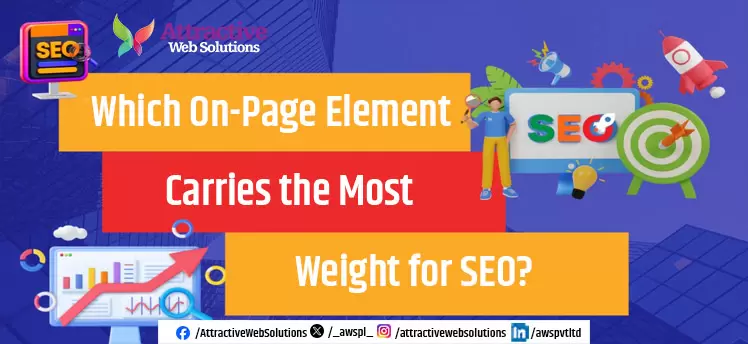
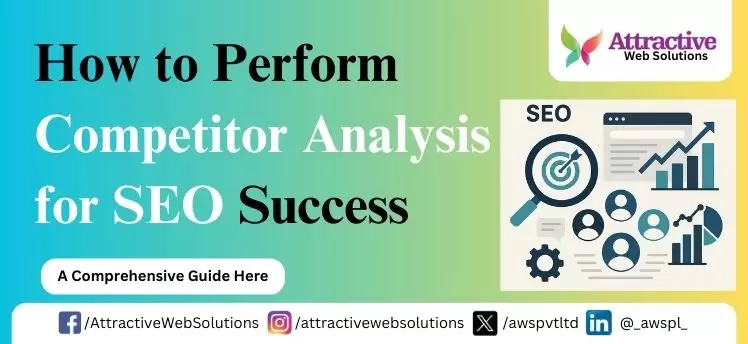
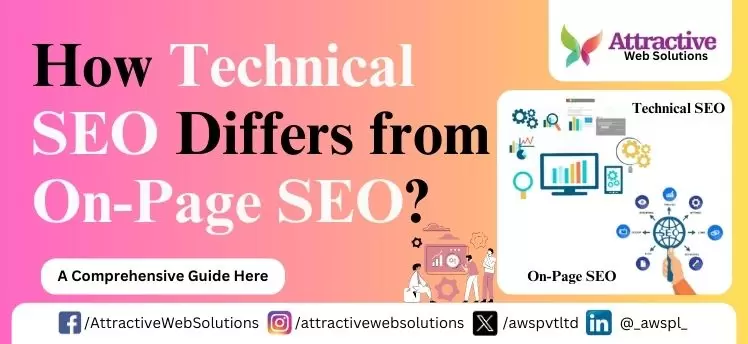
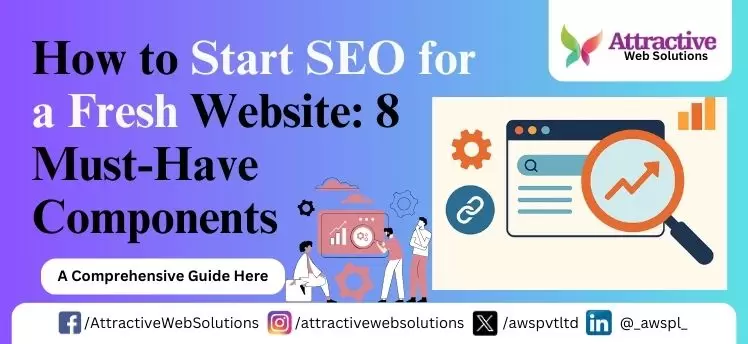
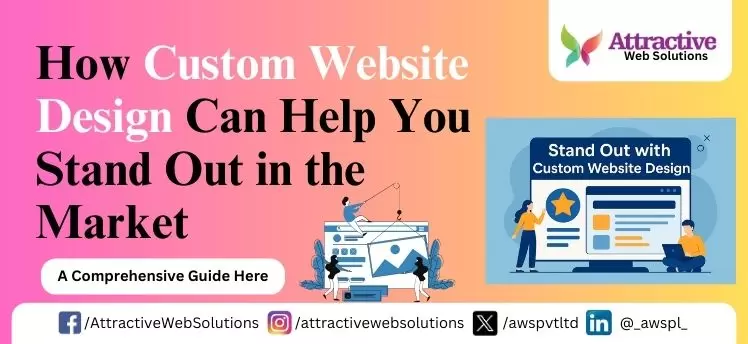
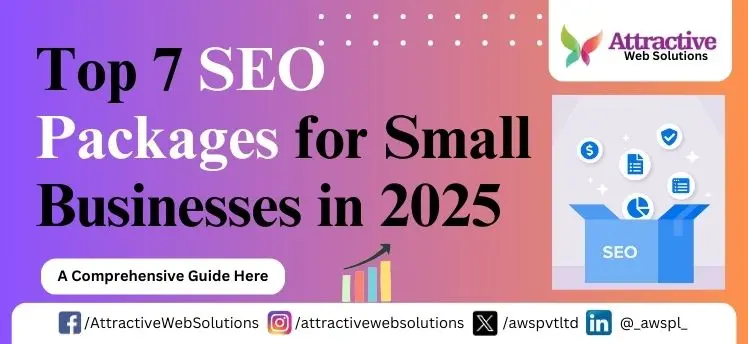
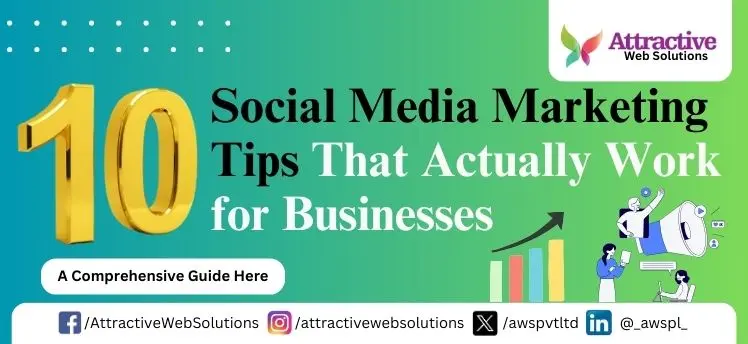
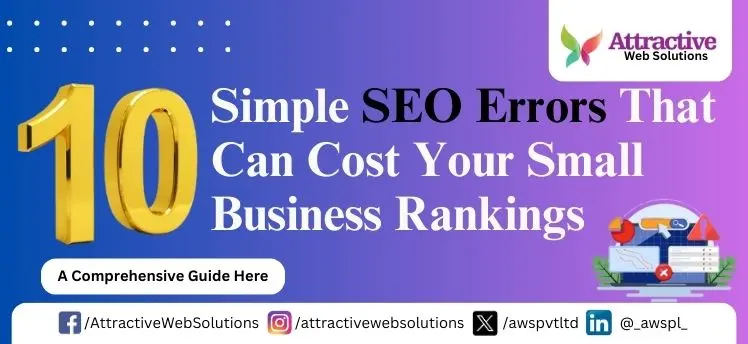
0 Comments